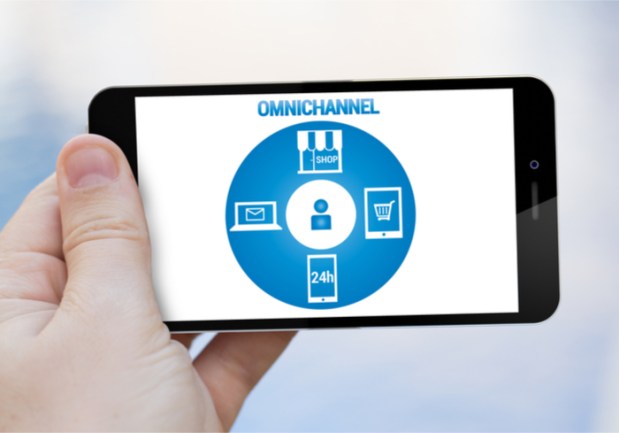The Changing Omnichannel Expectations Of Consumers

Traditional brick-and-mortar retailers are rolling out omnichannel options. To that end, Home Depot has been installing lockers in many of its locations to allow customers who place online orders to easily pick up their merchandise at the store. The move enables the retailer to get items to online customers right away, instead of having them wait for their purchases to be delivered to their home and comes as “[customers] want as many options as you can possibly give them,” a Home Depot spokesperson told USAToday. Home Depot hopes to have lockers in all its stores within three years.
Approximately 48 percent of American consumers expect their online orders to be delivered faster in 2018 than they did in 2016, according to the PYMNTS Omni Usage Report. In addition, roughly one-third say they feel frustrated when a company doesn’t offer same-day options. Retailers are quick to adapt to new consumer expectations, whether they offer faster shipping or an upgraded program offering. Here is how merchants are adapting to the omnichannel wants and needs of their customers.
Seven in ten — or 70 percent — of consumers have purchased packaged goods online. Boxed has become one of the most sought-after tech startups. Its distribution centers can provide 24-hour delivery to consumers’ homes in many parts of the United States. With warehouses in New Jersey, Dallas, Las Vegas and Atlanta, Boxed offers bulk-sized products, similar to those found at big warehouse retailers like Costco. Boxed sells bulk items, including staples such as toilet paper and pet food, and delivers them right consumers’ front doors. The startup expects to get competing offers in the coming weeks, with Morgan Stanley acting as its advisor.
Sixty three percent of young consumers said loyalty is a deciding factor in where they shop. About a year ago, Gap expanded its loyalty offering away from its branded card and into a general admission product that offers consumers points regardless of how they pay.The multi-tender loyalty program allows customers to earn points for every dollar spent across the Gap, Banana Republic, Old Navy and Athleta brands. Gap started testing the rewards program in the Dallas/Fort Worth and Atlanta areas, and after expanding the program to the entire state of California, it recruited its millionth customer.
About the same ratio of shoppers — 61 percent — have said price was the most important factor in their purchasing decisions, which is a 13 percent decrease from 2017. Even so, the United Parcel Service (UPS) launched a loyalty discount program in an effort to generate revenue directly through the products it delivers to consumers. UPS My Choice Deals offers discounts on products ranging from tires to luxury clothes, Reuters reported. Through the program, more than 43 million consumers can access 500 deals, which include offers such as 20 percent off Neiman Marcus clothes or 10 percent off Goodyear tires. The deals can be tied to shipments that customers receive. Through the program, UPS is seeking to grow its business, while creating brand loyalty for merchants, and is hoping retailers will choose its service over FedEx or even Amazon.
Four in ten — or 40 percent — of online purchases are predicted to be delivered within two hours by 2028. Prime members within range of a Whole Foods, for example, have a new grocery option coming to their lives. Amazon announced that it will begin delivering Whole Foods groceries via its Prime Now service in select U.S. cities. The program will expand nationwide this year. To start with, however, Whole Foods customers in Austin, Cincinnati, Dallas and Virginia Beach will be the first beneficiaries of the expansion, according to Reuters. The new program will deliver grocery orders over $35 to Prime members within two hours for free, or customers can pay $7.99 to receive them within the hour.
One fifth — or 20 percent — of businesses report having been hit with a payments data breach in the past 12 months. New research from Kaspersky Lab shows that the average cost of experiencing a data breach globally is on the rise.The annual Kaspersky Lab Corporate IT Security Risks survey is a worldwide survey of IT business decision makers — a total of 6,614 respondents from 29 countries. The company found that breaches now amount to $1.23 million on average for large enterprises (up 24 percent from $992K in 2017), and $120,000 on average for small and medium-sized businesses (up 36 percent from $88K in 2017).
